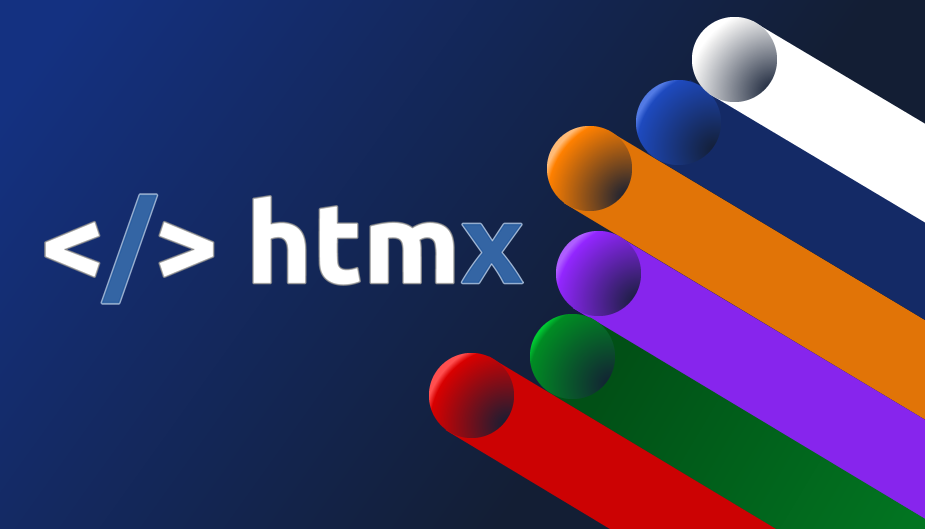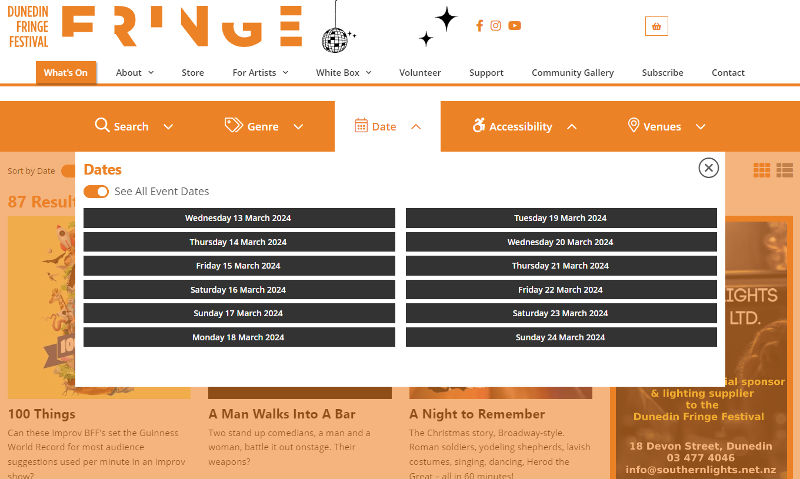HTMX, high power tools for HTMLWe've been using HTMX consistently on new projects and it allows us to create fast, responsive, and engaging web applications without spending too much time and resources on complex and heavy JavaScript libraries.

We've been using HTMX consistently on new projects and it allows us to create fast, responsive, and engaging web applications without spending too much time and resources on complex and heavy JavaScript libraries.

HTMX Development
What is HTMX and What Makes It Unique?
HTMX stands for Hypertext Made Xtreme. It is a library that allows you to access modern browser features directly from HTML, using attributes. This means you can write less code, avoid dependencies, and focus on your business logic, while HTMX handles the frontend rendering for you.
HTMX is different from other JavaScript frameworks, because it does not require you to learn a new syntax, use a complex build system, or rewrite your existing HTML. Instead, it enhances your HTML with a set of custom attributes that define how and where to fetch new content from the server, and how to update the web page accordingly.
For example, with HTMX, you can:
- Use any element, not just anchors and forms, to issue an HTTP request
- Use any event, not just clicks or form submissions, to trigger requests
- Use any HTTP verb, not just GET and POST, to send requests
- Use any element, not just the entire window, to be the target for update by the request
- Use CSS transitions and animations to enhance the user experience
- Use WebSockets and Server Sent Events to enable real-time communication
How Can HTMX Benefit Your Web Development Projects?
HTMX can offer you many benefits for your web development projects, such as:
- Simplicity: HTMX is easy to use and understand, as it follows the original web programming model, using Hypertext As The Engine Of Application State. You don’t need to learn a new language or framework, just HTML and a few attributes.
- Speed: HTMX is fast and lightweight, as it only swaps out chunks of HTML dynamically, instead of reloading the entire page or rendering a virtual DOM. It also uses the browser’s native features, such as fetch, history, and pushState, to optimize performance and user experience.
- Flexibility: HTMX is compatible with any server-side language and framework, as it only expects HTML responses, not JSON. You can use HTMX with your existing backend stack, whether it is Python, Ruby, PHP, Go, or Rust. You can also use HTMX with any client-side templating engine or library, such as Mustache, Handlebars, or morphdom, as HTMX provides extensions to integrate them seamlessly.
- Scalability: HTMX is scalable and reliable, as it reduces the amount of data and code transferred between the client and the server, improving bandwidth and memory usage. It also supports WebSockets and Server Sent Events, which enable efficient and robust communication for real-time applications.
Where to Learn More About HTMX
If you want to learn more about HTMX, and how it can help you create dynamic web interfaces with HTML, you can check out the following resources:
See it in action
Dunedin Fringe Festival recently engaged us to revamp there festival events listing, search and filter functions. HTMX was a great fit with the Farcry CMS backend providing a snappy and persistant interface for the user. This allowed for filtering by date, genre, venue and accessibility.
